Sales of speciality convenience coffee mixes have been booming on the back of a reward and indulgence mentality
Roast and ground specialist Boaters describes speciality convenience coffees such as cappuccino mixes as the “Blue Nun of the coffee market”.
But if instant cappuccinos and lattes represent a dumbing down of an authentic real coffee offering, this doesn’t seem to be damaging sales.
The sector’s value rose 41% to £77m last year [TNS 52 w/e June 19, 2005], and even roast and ground market leader Douwe Egberts hasn’t been afraid to jump on the convenience bandwagon.
“The coffee bar environment is stimulating people to try new things,” says sales director Clive Seabrook, “and if they drink latte in a cafe they want to drink it at home too.”
Gavin Emsden, head of consumer insights and planning at speciality brand leader Nestlé, says the sector taps into two trends, the café culture and the need for “reward and indulgence” and has been fed by rapid innovation by manufacturers. Cappuccino and latte varieties account for 90% of sales, but new product development is keeping consumers interested.
“A couple of years ago, speciality coffee was more of an occasional purchase,” says Emsden. “People bought one or two a week. Now it seems to be a more staple part of the repertoire.”
He sees more scope yet for cappuccino and latte drinks but says regional coffees, different styles such as caramel macchiato and lower-fat products could all create new opportunities.
Douwe Egberts’ Seabrook says the brand’s recently launched 35-calorie Skinny instants have seen “excellent growth”, combining specific health benefits with the general interest added by any new variants. “For the medium term, those will be the two pillars that drive growth,” he says.
Roast and ground specialist Boaters describes speciality convenience coffees such as cappuccino mixes as the “Blue Nun of the coffee market”.
But if instant cappuccinos and lattes represent a dumbing down of an authentic real coffee offering, this doesn’t seem to be damaging sales.
The sector’s value rose 41% to £77m last year [TNS 52 w/e June 19, 2005], and even roast and ground market leader Douwe Egberts hasn’t been afraid to jump on the convenience bandwagon.
“The coffee bar environment is stimulating people to try new things,” says sales director Clive Seabrook, “and if they drink latte in a cafe they want to drink it at home too.”
Gavin Emsden, head of consumer insights and planning at speciality brand leader Nestlé, says the sector taps into two trends, the café culture and the need for “reward and indulgence” and has been fed by rapid innovation by manufacturers. Cappuccino and latte varieties account for 90% of sales, but new product development is keeping consumers interested.
“A couple of years ago, speciality coffee was more of an occasional purchase,” says Emsden. “People bought one or two a week. Now it seems to be a more staple part of the repertoire.”
He sees more scope yet for cappuccino and latte drinks but says regional coffees, different styles such as caramel macchiato and lower-fat products could all create new opportunities.
Douwe Egberts’ Seabrook says the brand’s recently launched 35-calorie Skinny instants have seen “excellent growth”, combining specific health benefits with the general interest added by any new variants. “For the medium term, those will be the two pillars that drive growth,” he says.

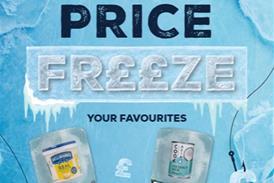

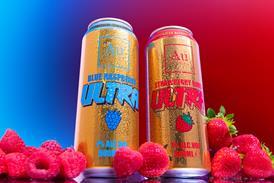


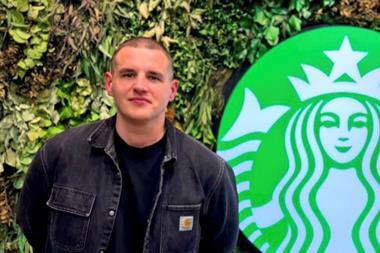
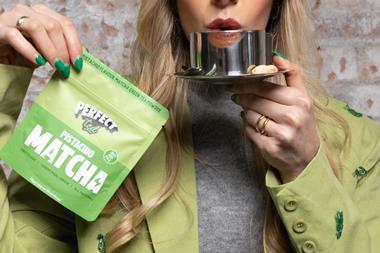
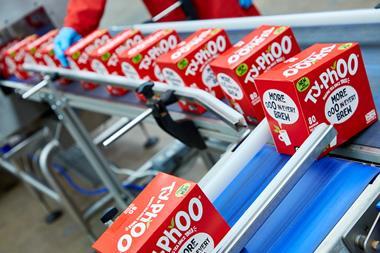

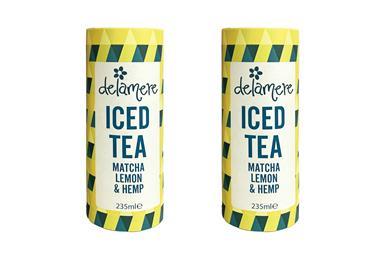
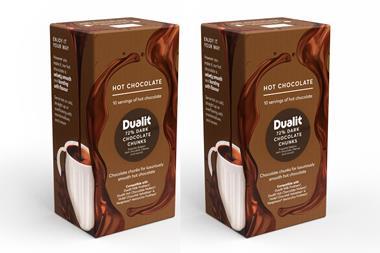


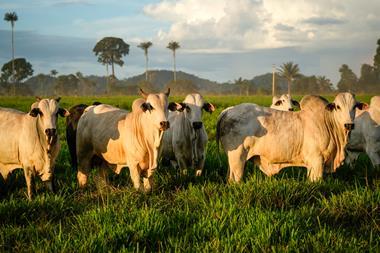
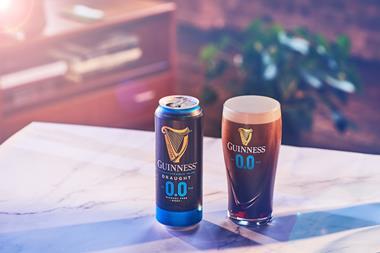
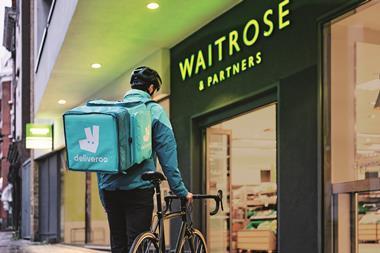
No comments yet